One of the Saildrone Explorer USVs Task Force 59 is testing in the Gulf of Aqaba. (US Naval Forces Central Command/US 5th Fleet)
The US Navy’s 5th Fleet is testing a Saildrone Explorer unmanned surface vessel (USV) at Jordan’s Aqaba Naval Base.

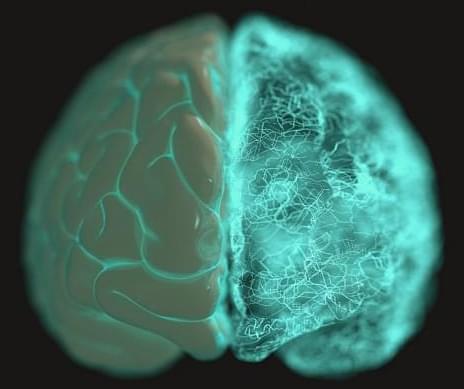
Welcome to the future of moral dilemmas.
Not a day passes without a fascinating snippet on the ethical challenges created by “black box” artificial intelligence systems. These use machine learning to figure out patterns within data and make decisions — often without a human giving them any moral basis for how to do it.
Classics of the genre are the credit cards accused of awarding bigger loans to men than women, based simply on which gender got the best credit terms in the past. Or the recruitment AIs that discovered the most accurate tool for candidate selection was to find CVs containing the phrase “field hockey” or the first name “Jared”.
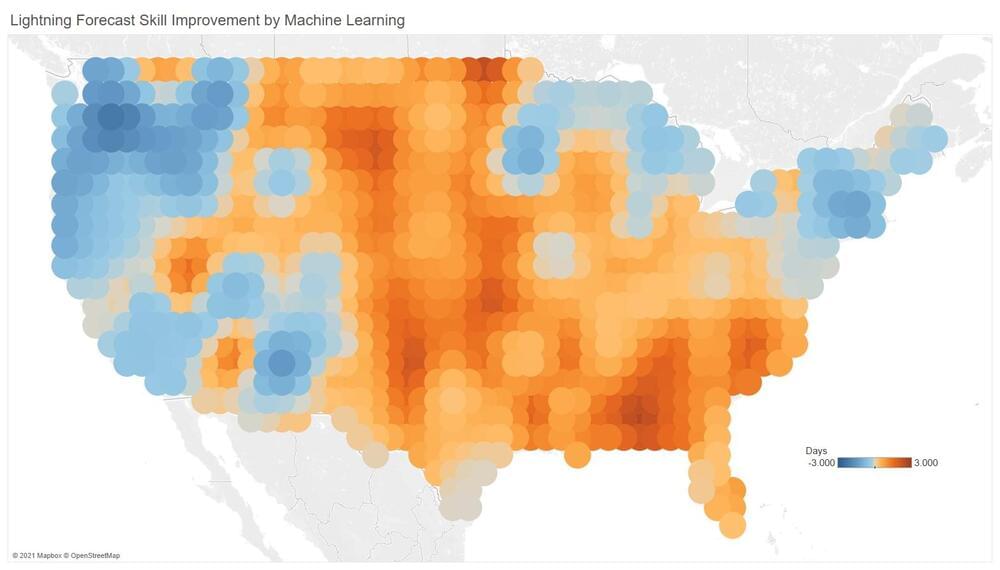
Lightning is one of the most destructive forces of nature, as in 2020 when it sparked the massive California Lightning Complex fires, but it remains hard to predict. A new study led by the University of Washington shows that machine learning—computer algorithms that improve themselves without direct programming by humans—can be used to improve lightning forecasts.
Better lightning forecasts could help to prepare for potential wildfires, improve safety warnings for lightning and create more accurate long-range climate models.
“The best subjects for machine learning are things that we don’t fully understand. And what is something in the atmospheric sciences field that remains poorly understood? Lightning,” said Daehyun Kim, a UW associate professor of atmospheric sciences. “To our knowledge, our work is the first to demonstrate that machine learning algorithms can work for lightning.”

Tesla CEO Elon Musk isn’t one to follow rules, particularly when he thinks they’re bogus.
The billionaire likes to envision a world, or perhaps a much smaller society on Mars, in which everybody can do as they please without a greater hierarchy of power.
“If there’s a utopia where people have access to any goods or services that they want, there’s plenty for everyone,” Musk told Time magazine after being named the Person of the Year today. “If we have a highly automated future with the robots that can do anything, then any work you do will be because you want to do it, not because you have to do it.”
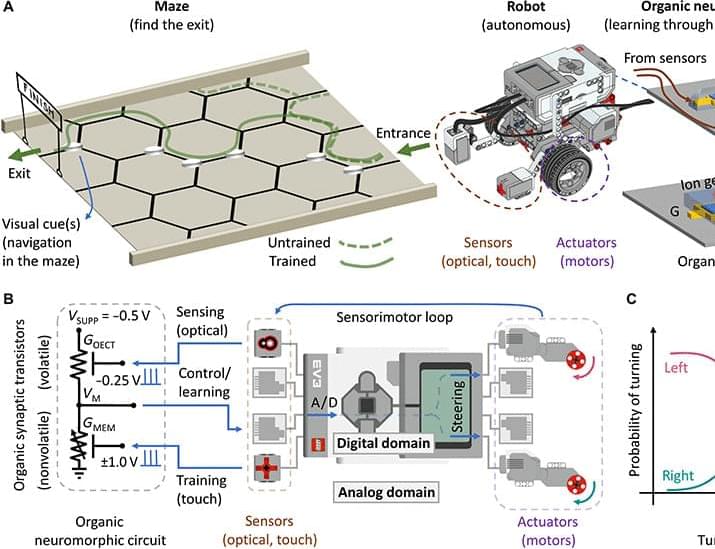

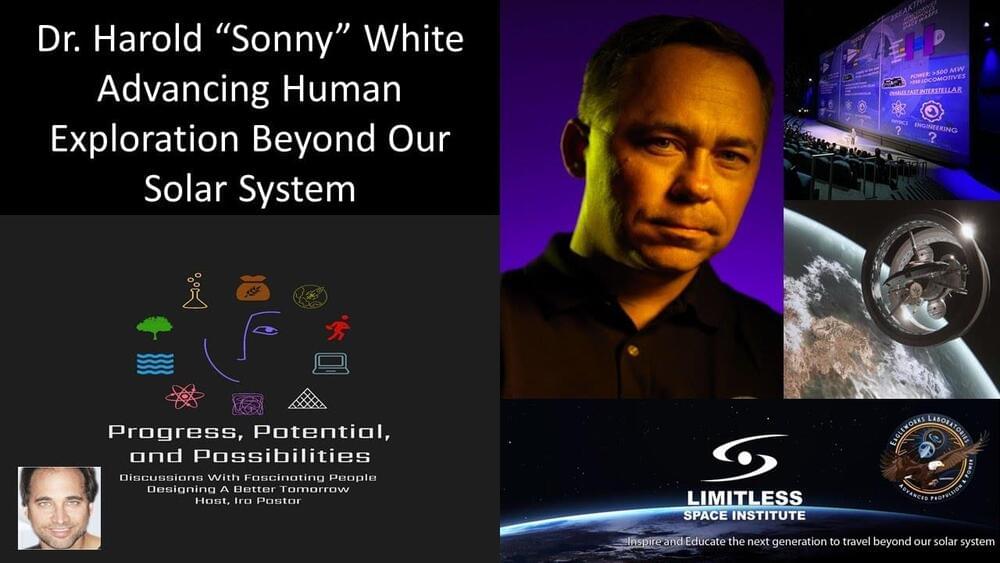
Advancing Human Exploration Beyond Our Solar System — Dr. Harold “Sonny” White, Limitless Space Institute
Dr. Harold ‘Sonny’ White, is Director, Advanced Research & Development, at the Limitless Space Institute (LSI — https://www.limitlessspace.org/), in Houston, Texas.
Dr. White has over 25+ years of experience working in the aerospace industry with Boeing, Lockheed Martin, as well as at NASA, and in his current role at the Limitless Space Institute he leads all R&D work and establishes priorities for investigations and expenditures.
Dr. White obtains grants and other resources in support of R&D efforts; markets LSI to major benefactors to increase resources and related R&D efforts; and arranges/schedules/conducts events ensuring appropriately related well-known individuals are involved.
Dr. White holds a Ph.D. in Physics from Rice University, a Master of Science in Mechanical Engineering from Wichita State University, and a Bachelor’s of Science in Mechanical Engineering from University of South Alabama.
Dr. White has been recognized many times over the span of his career for his excellent work ethic, exceptional technical skills, abilities as a project manager, and dedication to the pursuit of human space flight. He was awarded the NASA Medal for Excellence in Achievement by the Administrator for his role in getting the Thermal Protection System robotic inspection tools built, delivered and certified to support the STS-114 Space Shuttle mission. He was awarded the Silver Snoopy Award by the crew office for his actions in the discovery and disposition of critical damage to the robotic arm prior to the STS-121 mission. He received the NASA Spaceflight Awareness Honoree award for the STS-122 mission, one of the highest, most prestigious awards available to employees of NASA. He was awarded the NASA Exceptional Engineering Achievement Medal for his role in exploring and incorporating advanced power and propulsion concepts into human spaceflight architectures.

Mercedez-Benz has announced approval of their “Drive Pilot” system, in Germany, which does fully autonomous operation in highway traffic jam situations. Such systems have been promised for many years. It’s interesting to note that Tesla TSLA-5.2%, which might be able to produce such a system today, has instead put all their focus on their poorly named “full” self-driving product, possibly at the expense of other features like this.
The German certification is designed to be extended to the rest of the world, starting of course with Europe. Honda has sold a modest number of Legend sedans in Japan with this function, and Audi produced one but did not finish the regulatory approval process.
A system like this sometimes called a “level 3” system though those levels are misleading and not typically used by leading self-driving developers. It got that number as a potential half step between driver-assist (Such as Tesla FSD and other Mercedes offerings) and real self-driving. It was dreamed up by regulators with no experience in developing self-driving systems and there’s been a lot of disparate thinking about it over the years.
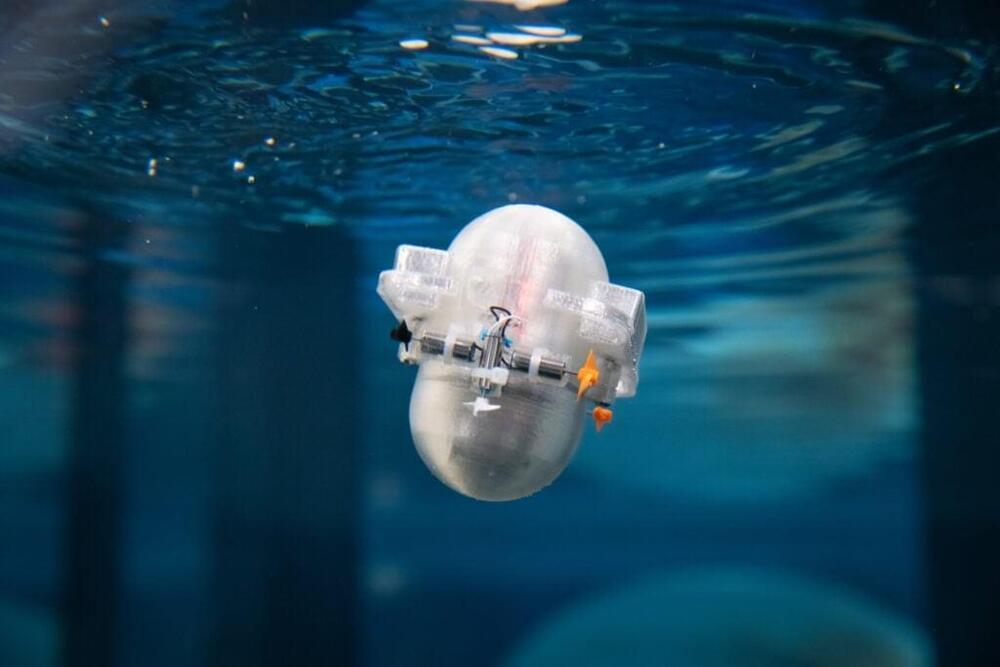
CARL, the AI-powered aquatic robot, looks like a octopus and has the memory of a cuttlefish.
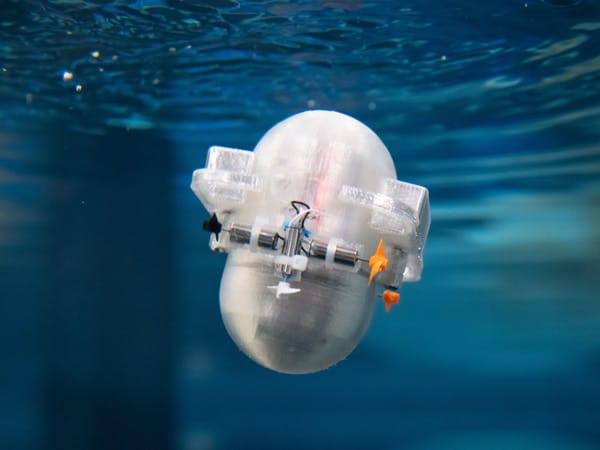
Further exploration of the unknown worlds of the deep sea may soon be possible, along with low-energy monitoring. Engineers at Caltech, ETH Zurich, and Harvard are developing an AI that will allow autonomous drones to navigate using the ocean’s currents rather than struggling to move through them.
According to one of the authors of a recent paper published in Nature Communications 0, John O. Dabiri, communications with robots exploring at depths of 20,000 feet is near impossible. They are difficult to control via joystick, and researchers are unable to feed them data about local ocean currents. So it becomes necessary for ocean-borne drones to be able to make their own decisions and move by themselves.